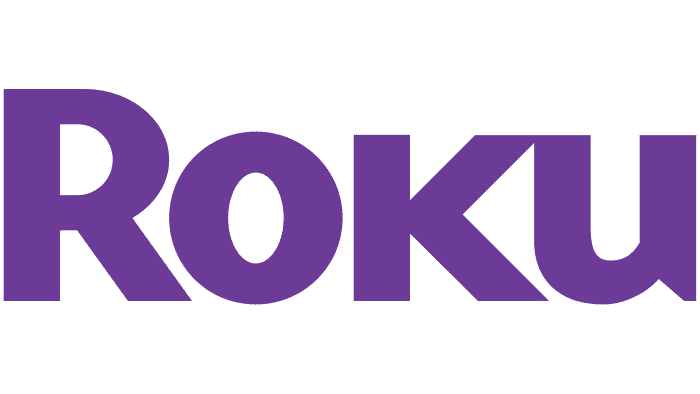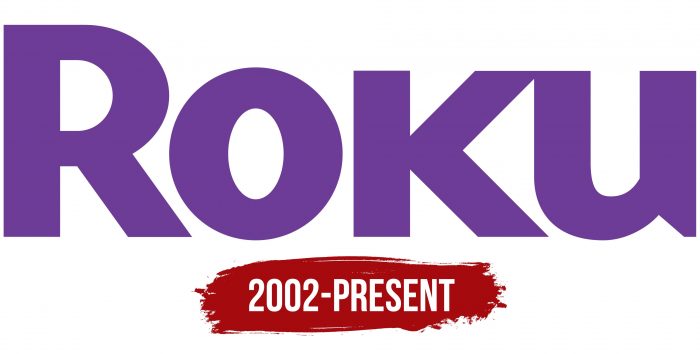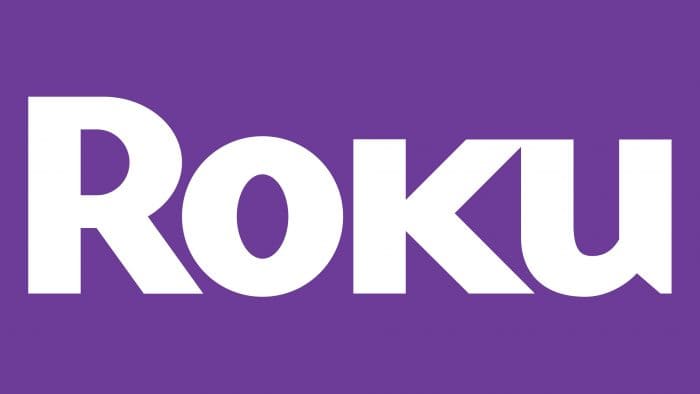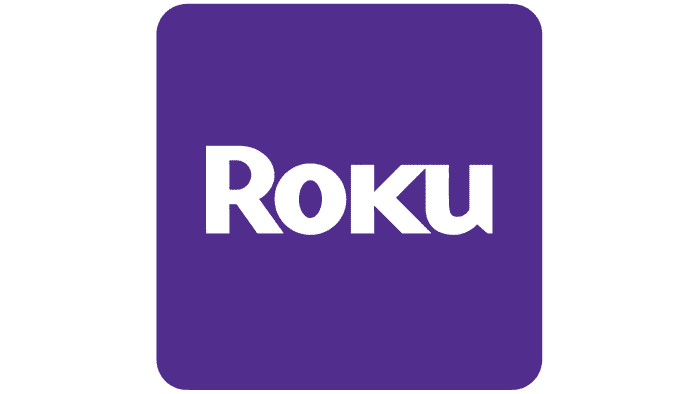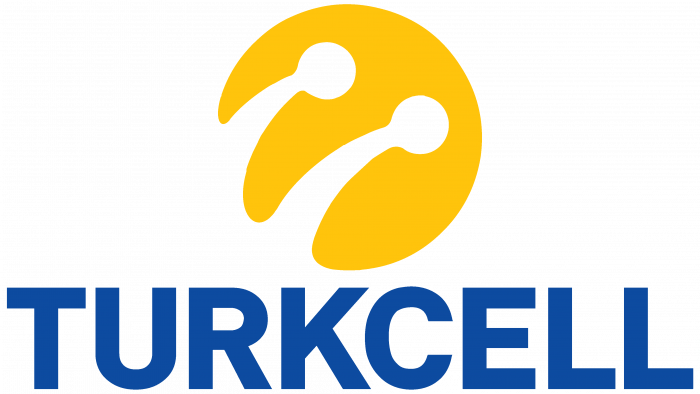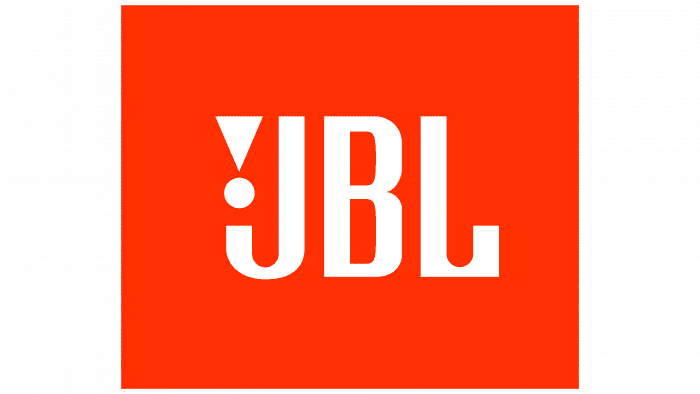The Roku logo demonstrates the company’s commitment to providing users with convenient service and useful content. The emblem shows an uninterrupted flow of information. It is enough to connect Smart TV to the TV, and a sea of various information is guaranteed.
Roku: Brand overview
| Founded: | May 20, 2008 |
| Founder: | Roku, Inc. |
| Headquarters: | United States |
| Website: | roku.com |
Meaning and History
Roku Corporation and the digital media player brand of the same name have always shared a common logo. It appeared in 2002 but “came out” only six years later – after the invention of the first stand-alone set-top box, DVP N1000. The model number on the case was written in the same font that was presented on the emblem.
Simultaneously, the trademark was taken out of the device – industrial designers decided to print it separately on a dark purple tag. It looked like a label on a piece of clothing, except that it was attached not to T-shirts or pants but the side of the streaming player and the remote’s underside.
What is Roku?
Roku is an American company that produces devices for streaming content from streaming services. Its digital media players connect to TVs and allow users to watch videos, play online games, or listen to music through the internet. The word “Roku” translates to “six” in Japanese, chosen by Anthony Wood as it is the sixth company he has founded.
Later, Roku did not change its style. The next nine generations of digital media players also featured the logo prominently. As the business expanded, the company’s stylized name began to appear on other products as well – on everything related to Roku and its services.
At first glance, there is nothing remarkable about the emblem. It contains just one word, two colors, and no additional graphics or complex fonts with patterns. But this is what makes it unique because the minimalist style is associated with simplicity, stability, monumentality, universal accessibility, and the listed qualities characterize the brand’s products from the best side.
Roku: Interesting Facts
Roku has changed how we watch TV, growing from a simple streaming gadget to a full entertainment platform.
- Name Meaning: “Roku” means “six” in Japanese because it’s the sixth company founded by Anthony Wood, who also created the DVR. Roku marked a new venture into digital streaming for Wood.
- First Netflix Device: Roku began as a project with Netflix to make a dedicated streaming device in 2008. When Netflix shifted focus, Roku branched out to include more than just Netflix content.
- Streaming Stick: In 2012, Roku launched the first streaming stick, a small device that plugs into a TV’s HDMI port, making it easier to add smart TV features without a box or separate player.
- Roku OS: Roku’s operating system, known for its straightforward design and customizable home screen, runs on all Roku devices.
- Channel Store: Roku’s Channel Store lets users add channels and offers a huge selection of free and paid content, from movies and TV shows to news and sports.
- Private Listening: Roku introduced private listening, allowing users to listen to their TV through headphones connected to the Roku remote or mobile app, ideal for quiet viewing.
- Original Content: With The Roku Channel launched in 2017, Roku started offering its own free, ad-supported channel with movies, shows, and news, moving into content creation.
- Market Leader: Roku has become a leading streaming platform in the U.S., loved for its easy-to-use interface, diverse content, and affordability.
- Roku Smart TVs: Roku teamed up with TV manufacturers to produce Roku TVs, smart TVs running Roku OS, letting users enjoy Roku without extra devices.
- Ads and Analytics: Roku also earns from advertising and data analytics, analyzing viewing patterns to target ads on The Roku Channel and other supported channels.
Roku’s evolution from a Netflix partner to a top choice for streaming entertainment showcases its innovative spirit, adaptability, and commitment to providing easy and broad access to content.
Font and Colors
In terms of the wordmark, the company shows a desirable consistency. She never changed it, improved it, or even experimented with the color scheme – in general, she adhered to the originally chosen concept. This conservatism has its advantages: the Roku logo has become recognizable and is now associated only with high-quality goods and services.
Judging by the characteristic shape of the “K,” the lettering consists of uppercase letters, although the first “R” is slightly higher than the others, and the “U” looks like a lowercase due to the vertical stroke on the right side. The font belongs to the grotesque category; that is, the characters do not have decorative serifs at the ends. The word “Roku” is in bold, and that’s the only thing that makes it stand out clearly.
In the main version of the logo, the inscription is dark purple, and the background is white. The labels that adorn digital media players have reversed colors. A completely different palette is used when placing a wordmark on the device case: in this case, the manufacturer’s name can be black, gray, or silver metallic.
Roku color codes
| Royal Purple | Hex color: | #6c3c97 |
|---|---|---|
| RGB: | 108 60 151 | |
| CMYK: | 28 60 0 41 | |
| Pantone: | PMS 268 C |
